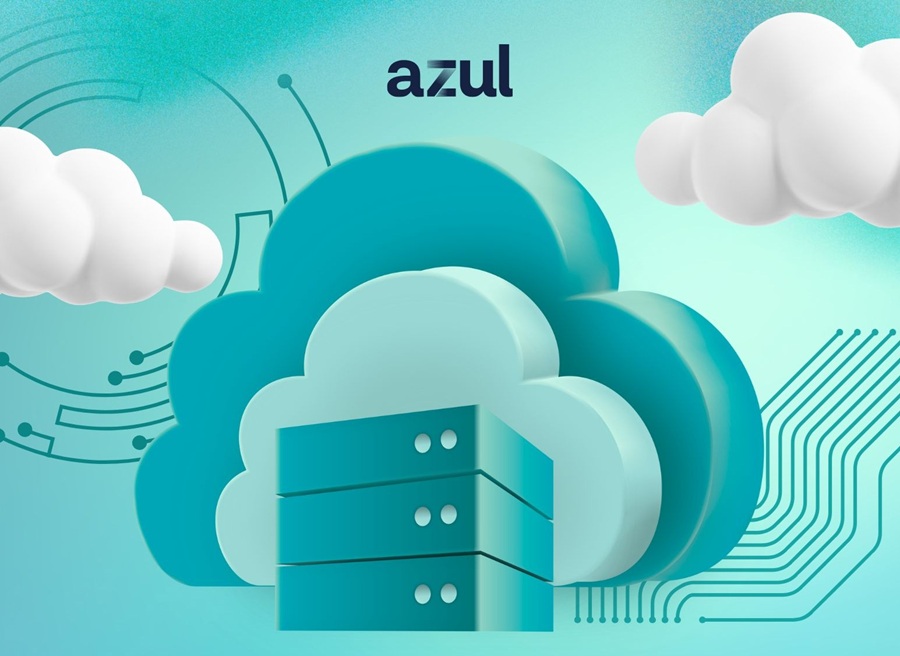Enterprise Management Associates (EMA™) released a new research report, titled WAN Transformation with SD-WAN: Establishing a Mature Foundation for SASE Success authored by Shamus McGillicuddy, VP of Research, covering network management at EMA.
Software-defined wide-area network (SD-WAN) technology transformed the networking industry nearly a decade ago by allowing IT organizations to replace or supplement their expensive and bandwidth-constrained private and managed WAN services (e.g., MPLS) with public internet connectivity. SD-WAN provides security, visibility, and centralized control over these new hybrid networks.
Now, a new wave of innovation has arrived with secure access service edge (SASE). Vendors and solution providers are integrating SD-WAN with multifunction cloud-based network security into unified platforms that provide connectivity and security for distributed, multi-cloud enterprises. While SASE holds promise, EMA heard anecdotally that many large enterprises struggle with their transition from pure SD-WAN to true SASE.
EMA believes that the industry's emphasis on SASE is trivializing the complexity of SD-WAN. Some enterprises make the mistake of designating SD-WAN as a just another SASE feature, a checklist item on an RFP that can be turned on with the click of a button.
"SD-WAN is a nontrivial technology that requires careful planning and rigorous attention to Day 2 operations to ensure ongoing performance and security," McGillicuddy said. "Many enterprises had suboptimal results with their first foray into SD-WAN and they've applied lessons learned from these early failures to their second-generation SD-WAN implementations. These organizations should approach SASE with the same critical scrutiny. The transition to SASE will require a battle-tested SD-WAN foundation."
EMA surveyed 313 IT professionals across North America and Europe who have responsibility for and/or influence over their company's WAN strategy to discover how their organization is building a SD-WAN foundation and taking the next step toward SASE.
Some of the key findings include:
■ Only 38% of IT professionals believe their SD-WAN implementations have been fully successful.
■ More than 30% of IT professionals believe it is difficult to advance from SD-WAN to a SASE solution. Only 11% believe it is very easy.
■ 66% of IT organizations prefer to consume SD-WAN as a managed service, but 58% prefer to share responsibility for Day 2 operations in a hybrid operating model.
■ 43% of companies have multiple SD-WAN vendors now, which adds complexity to a SASE transition.
■ 71% of IT organizations apply WAN acceleration to their networks, and nearly all of them leverage their SD-WAN vendors for this acceleration.
■ 86% of organizations are incorporating wireless services into their WANs, and most are using this connectivity as a primary connectivity option for at least some sites.

